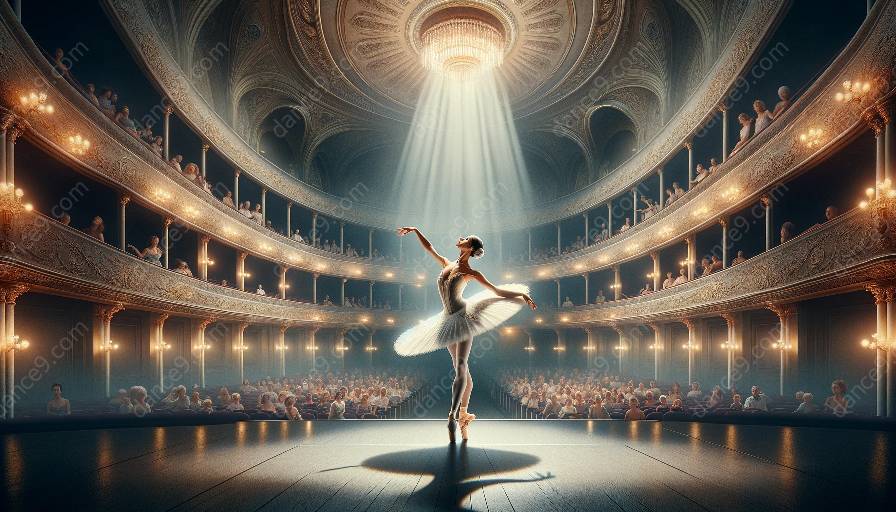Ballet, as an art form, is characterized by its unique and precise technique.
Classical ballet technique encompasses several key elements that form the foundation of this elegant and expressive dance form.
Understanding these essential components is crucial for aspiring ballet dancers and enthusiasts who wish to appreciate the intricacies of ballet and its historical significance.
1. Turnout
The turnout is a fundamental element of classical ballet technique. It refers to the outward rotation of the legs from the hips, allowing dancers to achieve positions that define the aesthetic of ballet.
2. Proper Alignment and Posture
Ballet places a strong emphasis on maintaining proper alignment and posture. This includes lengthening the spine, engaging the core, and positioning the shoulders, hips, and feet in a specific manner to achieve a graceful and poised stance.
3. Extension and Flexibility
Classical ballet requires exceptional flexibility and extension. Dancers strive to achieve high extensions and develop the flexibility needed to execute movements with fluidity and control.
4. Control and Precision
Ballet technique demands a high degree of control and precision in movement. This includes mastering the art of controlling transitions, executing turns with accuracy, and maintaining balance with poise.
5. Artistic Expression
While technical proficiency is vital, classical ballet also emphasizes artistic expression. Dancers are encouraged to infuse emotion and storytelling into their movements, creating captivating performances that transcend mere technique.
6. Musicality and Rhythmic Awareness
Ballet dancers must possess a keen sense of musicality and rhythmic awareness. They synchronize their movements with the accompanying music, showcasing an innate understanding of tempo and phrasing.
7. Footwork and Pointe Work
Footwork, including pointe work for female dancers, is a defining element of classical ballet technique. It involves intricate movements of the feet and ankles, often requiring dancers to dance on their toes, symbolizing the ethereal nature of ballet.
Importance in Ballet History and Theory
The key elements of classical ballet technique have played a significant role in shaping the history and theory of ballet as an art form. These foundational principles have been meticulously preserved and passed down through generations, contributing to the evolution and continuity of ballet.
Understanding classical ballet technique not only provides insight into the technical aspects of ballet but also offers a glimpse into the cultural and artistic contexts in which this dance form emerged and developed.
Furthermore, the enduring relevance of classical ballet technique underscores its enduring significance in the modern era, serving as the cornerstone of ballet training and performance worldwide.
Conclusion
Classical ballet technique encompasses a rich tapestry of elements, each essential in defining the beauty and precision of this revered art form. By delving into the key components of ballet technique and recognizing its integral role in ballet history and theory, individuals can gain a deeper appreciation for the timeless allure of classical ballet.





























